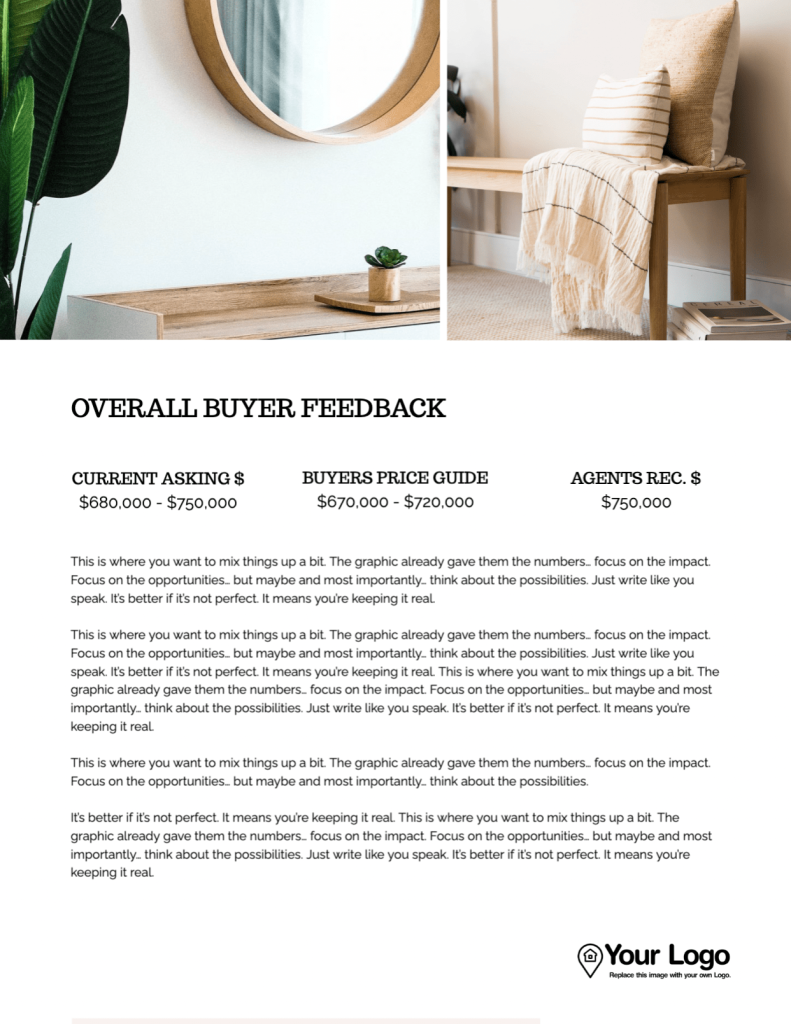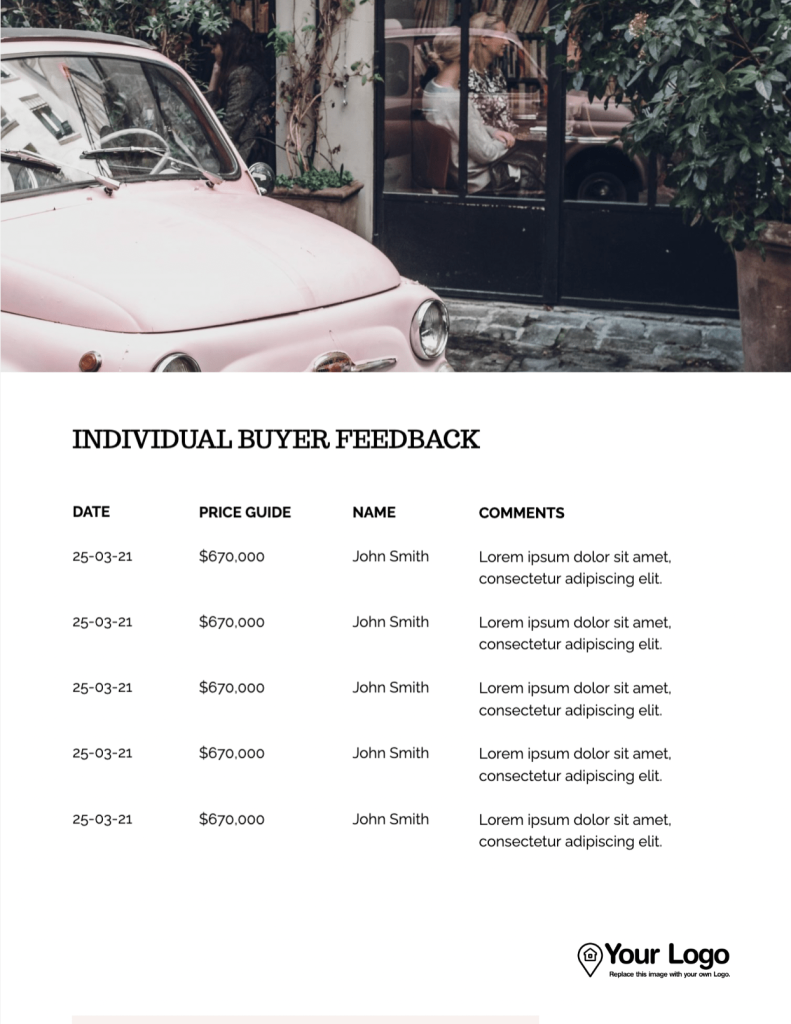As a real estate agent, you probably already know that the selling process can be a long journey. And, in most cases, your clients will want to be involved, or at least in-the-know along the way. That’s where a real estate seller report can come in handy.
A sellers’ report for real estate clients can make a huge difference. It provides updated information on how their property is performing and what types of offers they’re receiving. When done right, it can help build trust in your services and put their minds at ease.
In this post, we’ll briefly discuss what a real estate seller report is and why you might want to use one. Then, we’ll share five tips for creating one. Let’s get started!
What Is a Real Estate Sellers Report (And Why to Use One)
If you’re a new real estate agent, you might be wondering what exactly a seller report is. So, before we dive into tips on how to create one, let’s go over the basics.
A real estate sellers report is pretty much what it sounds like. It’s a personalized report that real estate agents provide to sellers.
Most importantly, it should contain a high-level summary of what’s going on with the property. This could include a number of important elements, such as statistics on offers, inspections, and days on the market.
However, when possible, it should also go into more detail. For example, it’s always useful to share any feedback you get from potential buyers. Additionally, you could include information on current market trends.
All of this information can help put a seller’s mind at ease, reassuring them that they are on the path to a sale. Likewise, if it’s taking a while to sell their property, seeing that this is the case with most other properties in the neighborhood could help minimize their worry.
On the other hand, if your seller report shows that potential buyers are consistently giving the same feedback, you could use this as leverage when you suggest implementing any changes. Overall, sending regular real estate sellers reports can be a great way to keep your customers happy and boost your reputation.
5 Tips for Creating a Real Estate Sellers Report
Now that you have a basic understanding of real estate sellers reports, here are five tips for creating one!
1. Include a Branded Cover Page
Since a sellers report is a multi-page document, you’ll want to include a branded cover page. This will help communicate a high level of professionalism. Plus, it’s a great opportunity to strengthen your personal brand:
With this in mind, it’s a good idea to include all the essential information about your business on the front page.
For instance, you can add your logo, professional portrait, and contact details upfront. When you use Jigglar, this is super easy, as you can plug and play these different elements.
Furthermore, you can easily incorporate your brand colors using the Jigglar editor. This way, you’re able to provide a cohesive experience across all platforms.
2. Provide Key Performance Details
At the end of the day, the goal of a real estate seller report is to inform. So, you’ll want to ensure that you provide any key performance details that might interest your clients.
To start, it’s best practice to include a greeting / letter that provides a general summary for the seller:
Then, it’s a good idea to provide information on overall buyer feedback:
If you have enough data points, you could even add an itemized list of individual buyer feedback:
This way, your clients can get a comprehensive view of what’s working and what isn’t. Remember, each page is an opportunity to strengthen your recognizability, so consider incorporating your real estate logo throughout.
3. Make it Easy to Scan
While including detailed buyer feedback and a personalized greeting is important, it’s also helpful to make your real estate seller report scannable. Busy sellers will likely appreciate easy to skim visual elements, like a comparative infographic:
For instance, you could provide some data points beside some “benchmark” statistics, so seller’s have a reference point for how their property is doing.
4. Add Information on Market Trends
A real estate seller report is a highly personalized document. However, it’s also important that your clients have a sense of what’s happening in the larger real estate market. This way, they can contextualize their own personal selling experience.
Therefore, it’s always a good idea to include some information on market trends:
Ideally, these trends should be able to inform your seller’s journey. So, it’s best to include statistics regarding the local, regional or state their property belongs to. Of course, broader market trends can also be useful, so there’s no need to shy away from those.
If you have a more extensive report or additional information that won’t fit in your real estate seller report, you could always refer your clients to additional resources. Jigglar makes this easy, since you can even include custom QR codes into your materials.
5. Use Real Estate Templates
Last but not least on our list of tips for creating a real estate seller report – is using templates. We strongly recommend this, because a real estate report can be pretty involved. And, if you have a lot of clients, this task could end up taking up a lot of your time.
With Jigglar, you’ll get access to tons of multi-page real estate seller reports:
These real estate templates include everything you need. What’s more, they’re fully customizable. That means you can add and remove pages, edit designs to align with your brand, etc.
Conclusion
When you create a real estate seller report, you can keep your clients in the loop, providing important updates about offers, market trends, and more. When you impress your real estate clients with seller reports, you can keep them happy and build a positive reputation.
To recap, here are tips for creating stunning seller reports:
- Include a branded cover page.
- Provide key performance details.
- Make it easy to scan.
- Add information on market trends.
- Use real estate templates.
Are you ready to incorporate eye-catching seller reports into your real estate marketing strategy? Sign up for a Jigglar free trial today!










